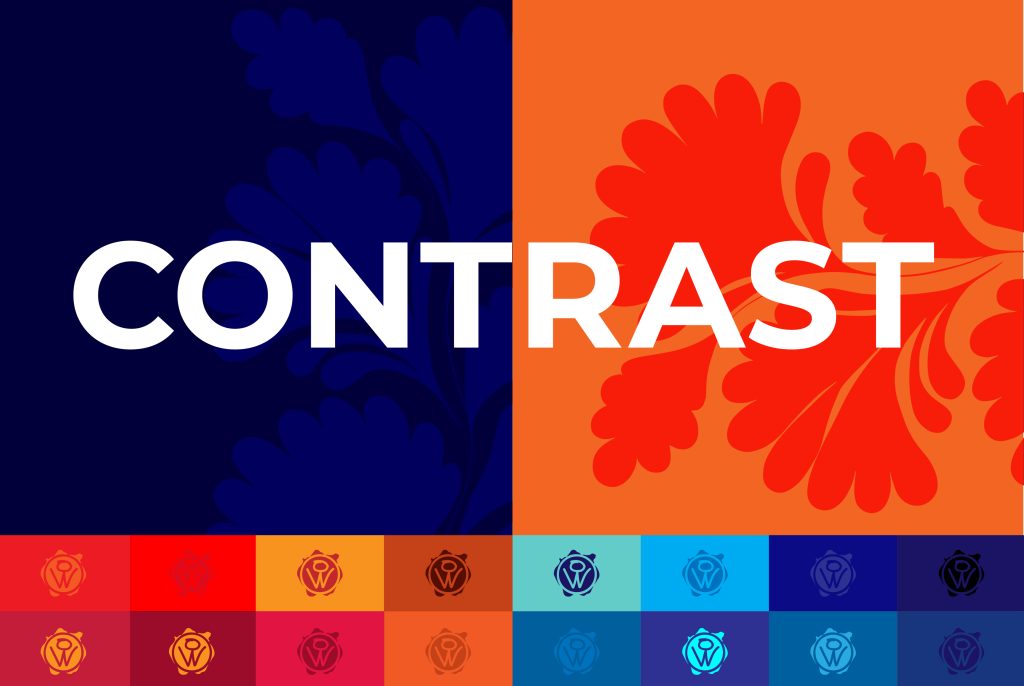When it comes to digital accessibility, color contrast impacts much more than aesthetics. Low contrast between font and background makes it hard to read, especially for those with visual impairments or color blindness. Worse yet, you might be opening your business to ADA compliance risks.
What is Color Contrast?
Color contrast refers to the difference in brightness between text and its background. The greater the contrast, the easier it is for users to read content, especially those with low vision or color vision deficiencies.
The Web Content Accessibility Guidelines (WCAG), developed by the World Wide Web Consortium (W3C), provide clear standards:
- Normal text (under 18pt): must have a contrast ratio of at least 4.5:1
- Large text (18pt or 14pt bold): must have a contrast ratio of at least 3:1
Why It Matters
Poor color contrast impacts all website users. Low-contrast design can cause fatigue, confusion, and increase your website’s bounce rates. For users on mobile devices, those in bright sunlight, or anyone with near- or farsightedness or even aging eyes, the difference between legible and illegible content can come down to even minor contrast ratio adjustments.
Accessible design also enhances your site’s SEO, usability, and legal standing. It’s one of the most overlooked ways to improve your digital presence with minimal changes.
Common Mistakes We See
- Light gray text on white backgrounds
- Blue hyperlinks on dark backgrounds
- Brand colors that prioritize aesthetics over function
Even small contrast failures, like body text on buttons or footers, can affect site usability and compliance.
How to Check Your Contrast
There are several free tools available to help you evaluate your site’s font color contrast:
- WebAIM Contrast Checker
- Accessible Colors
- Browser extensions like WAVE or axe DevTools
Still not sure where to start? Our digital team can run a quick audit to pinpoint issues and recommend solutions without compromising your brand’s visual identity.
Let’s Make Accessibility the Standard
Website design that works for everyone is just good design. Whether you’re refreshing your brand or fine-tuning your existing site, ensuring color contrast compliance should be part of your plan.
Need help making the shift? Let’s talk.


